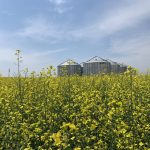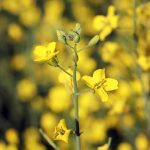
Tag Archives Canola Council of Canada

Canola groups disappointed in Carney’s plan to help growers, biofuel
‘Farmers should not be expected to borrow’

Being proactive in storage, handling key to grain safety
Farm Safety: Canola is particularly susceptible to spoilage in storage

Canola council cuts field agronomy team
Move is part of the council’s ‘refreshed strategic framework’

Steps to stop blackleg in canola
Agronomists and canola growers have many proven steps to manage blackleg disease in canola. Genetic resistance has been an extremely effective tool, and will remain so — as long as that resistance matches the blackleg races in a field

Canola sector sees tariff pain ahead
Industry groups pledge robust advocacy efforts on both sides of the border

Canola Council of Canada elects Ritter chair
Two director seats change hands at CCC AGM

Canola flower midge damage less severe than swede midge
Newly discovered species shouldn’t worry canola producers

Canola industry ready to move forward

Canada can cut fertilizer emissions 14 per cent by 2030, industry groups say
Report touts use of 4R practices

Flea beetles in canola: to spray or not to spray
Scouting your canola fields early — right after crop emergence — should tell you if foliar insecticide is needed or not


